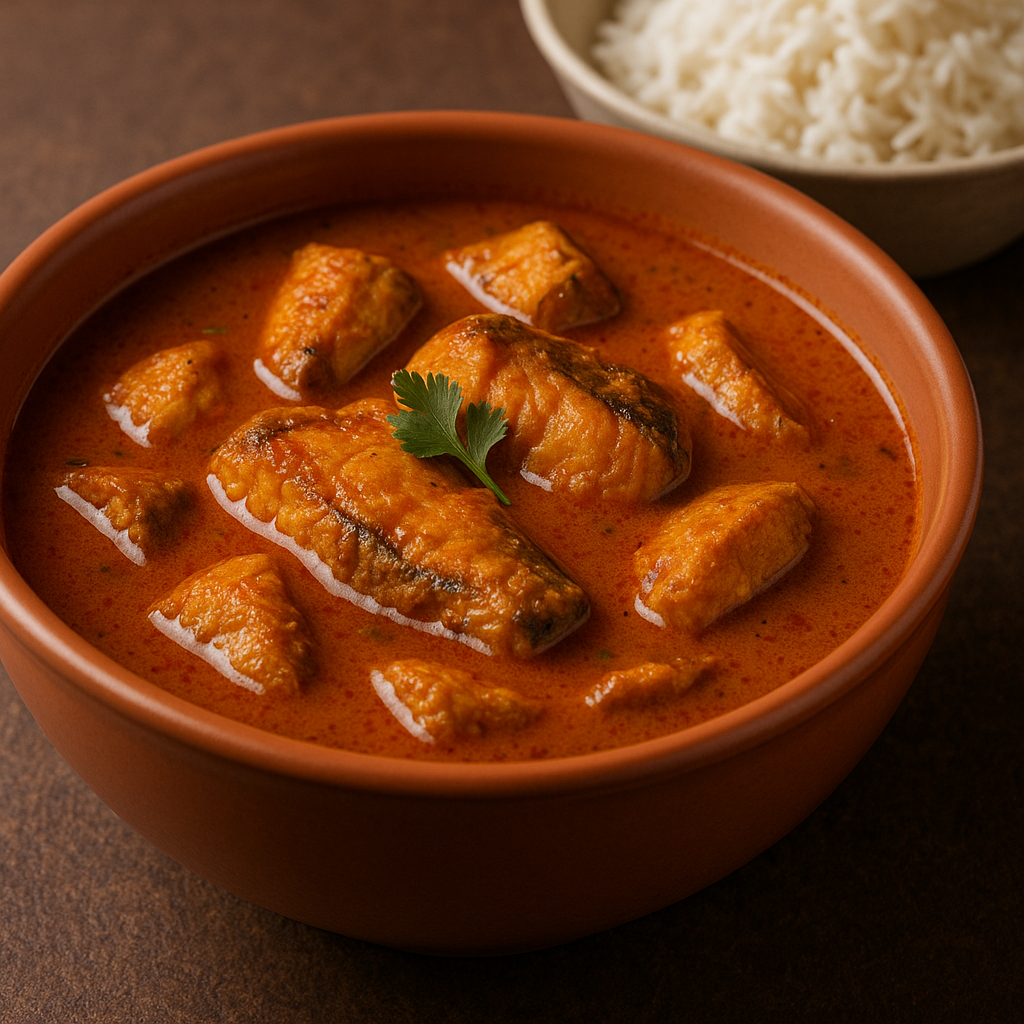India’s Journey to Independence: A Triumph of Unity and Sacrifice
Introduction: The story of Indian Independence Day is a tale of resilience, courage, and the relentless pursuit of freedom. August 15, 1947, marks the day when India broke the shackles of colonial rule and emerged as a sovereign nation. Let’s delve into the significant events that shaped this historic day.
1. Colonial Oppression: The struggle for independence began long before 1947. India, under British rule for almost two centuries, faced economic exploitation, cultural suppression, and political subjugation. The British Raj triggered widespread discontent among Indians, igniting the flame of nationalism.
2. Formation of Indian National Congress: The late 19th century witnessed the rise of the Indian National Congress (INC), a political party advocating for Indian representation in governance. Leaders like Mahatma Gandhi, Jawaharlal Nehru, Sardar Patel, and others played pivotal roles in shaping the INC as a platform for the nation’s aspirations.
3. Nonviolent Resistance: Mahatma Gandhi, the “Father of the Nation,” led the movement with the philosophy of nonviolent resistance or Satyagraha. The Salt March in 1930 became a symbol of peaceful protest against the oppressive salt tax, gaining international attention and support.
4. World War II and Quit India Movement: During World War II, the INC launched the Quit India Movement in 1942, demanding an end to British rule. The movement faced severe repression, with many leaders imprisoned. The sacrifices made by Indians during this time strengthened the resolve for independence.
5. Mountbatten Plan and Partition: As World War II concluded, the British government realized the untenability of continued rule in India. Lord Louis Mountbatten, the last Viceroy, proposed a partition plan, leading to the creation of two independent nations, India and Pakistan, in 1947. The communal violence and mass migrations that followed were poignant chapters in the struggle for independence.
6. Midnight Speech by Jawaharlal Nehru: On the eve of August 15, 1947, Jawaharlal Nehru, the first Prime Minister of independent India, delivered the iconic “Tryst with Destiny” speech. The speech articulated the aspirations of a new India, free from colonial chains, and marked the beginning of a democratic and secular nation.
7. Celebration of Independence: August 15, 1947, dawned with the unfurling of the Indian tricolor and the singing of the national anthem. Independence Day celebrations, marked by flag hoisting, cultural events, and patriotic fervor, became an annual tradition that continues to this day.
Conclusion: Indian Independence Day symbolizes the triumph of the human spirit against oppression, the unity of a diverse nation, and the sacrifices made by countless individuals for the sake of freedom. As India celebrates its independence each year, it pays homage to the struggles of the past and looks forward to a future of progress, inclusivity, and peace.
FAQ
- What is India’s Journey to Independence? India’s Journey to Independence refers to the historic struggle and eventual liberation of India from British colonial rule, culminating in its independence on August 15, 1947.
- What were the key events leading to India’s Independence? India’s path to independence was marked by significant events such as the formation of the Indian National Congress, the Non-Cooperation Movement, the Salt March led by Mahatma Gandhi, the Quit India Movement, and the partition of India into two nations, India and Pakistan.
- Who were the key figures in India’s struggle for Independence? Several prominent leaders played pivotal roles in India’s struggle for independence, including Mahatma Gandhi, Jawaharlal Nehru, Sardar Vallabhbhai Patel, Subhas Chandra Bose, and many others who mobilized the masses and led various movements against British rule.
- What were the sacrifices made during India’s struggle for Independence? The journey to independence was characterized by immense sacrifices, including imprisonment, torture, and loss of lives, endured by countless freedom fighters who dedicated themselves to the cause of liberating India from colonial oppression.
- How did unity contribute to India’s attainment of Independence? Unity among diverse communities, religions, and cultures played a crucial role in India’s struggle for independence. The collective efforts of people from all walks of life, united under the common goal of freedom, amplified the strength of the movement.
- What were the consequences of India’s Independence? India’s Independence led to the partition of the country into India and Pakistan, resulting in large-scale migration, communal violence, and the loss of lives. However, it also marked the beginning of a new era of self-governance and sovereignty for India.
- How is India’s Independence Day celebrated? India’s Independence Day, observed annually on August 15th, is celebrated with great enthusiasm across the country. The day is marked by flag hoisting ceremonies, cultural programs, parades, and patriotic fervor as Indians commemorate the sacrifices made by freedom fighters.
- Where can one learn more about India’s Journey to Independence? Interested individuals can explore various resources, including books, documentaries, historical archives, and museums dedicated to India’s struggle for independence, to gain a deeper understanding of this significant chapter in history.





The Inspiring Journey of Mohammed Shami: A True Arjuna Award Recipient
[…] career was his exceptional performance in the 2015 ICC Cricket World Cup. He played a vital role in India’s journey to the semi-finals, showcasing his ability to handle pressure situations and deliver when it […]